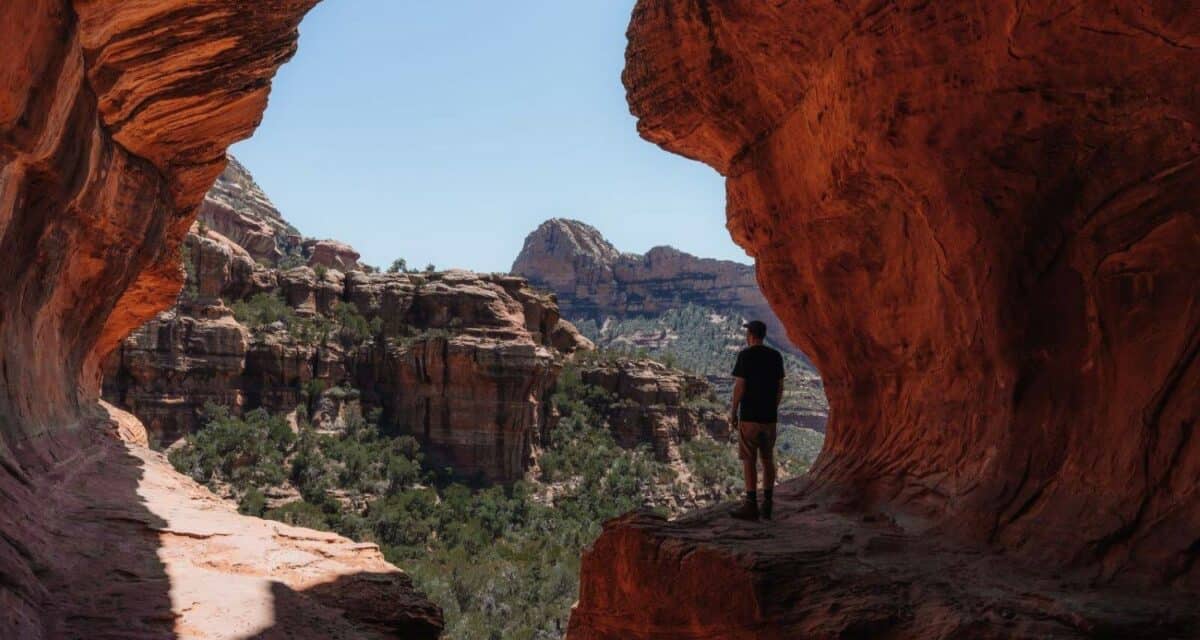- How Long Will My Sunscreens Last? - November 16, 2024
- Are Solar Screens a Better Choice Compared to Window Films or Awnings? - November 5, 2024
- Will Solar Screens Block My View? - October 27, 2024
As the scorching heat of the Arizona desert continues to intensify during late summer, the impact of ultraviolet (UV) radiation becomes a growing concern for residents. The sun’s rays can be both beneficial and harmful to human health, and it is essential for desert dwellers to comprehend the potential effects of UV exposure during this season. In today’s discussion, we will delve into the significance of UV rays, the risks associated with excessive exposure, and practical tips to protect yourself and your loved ones. Let’s explore the critical aspects of late summer UV effects on people living in the Arizona desert.
Understanding UV Radiation
Ultraviolet (UV) radiation is a type of electromagnetic radiation emitted by the sun, consisting of three primary categories: UVA, UVB, and UVC. While the earth’s atmosphere blocks most UVC rays, both UVA and UVB rays reach the surface and can significantly affect our health. UVA rays have a longer wavelength, and they penetrate the skin more deeply, contributing to premature aging and long-term skin damage. UVB rays, on the other hand, have a shorter wavelength and are responsible for causing sunburns and an increased risk of skin cancer.
Risks of Excessive UV Exposure
Living in the Arizona desert means being exposed to intense sunlight, especially during late summer. Prolonged exposure to UV rays can have severe consequences on our health:
- Skin Damage: UV radiation causes damage to the skin cells’ DNA, leading to premature aging, wrinkles, and pigmentation changes. It can also suppress the immune system’s response, making the skin more susceptible to infections and diseases.
- Skin Cancer: The most significant risk associated with UV exposure is the development of skin cancer. Melanoma, squamous cell carcinoma, and basal cell carcinoma are among the most common types of skin cancer linked to UV radiation.
- Eye Problems: Extended exposure to UV rays can lead to various eye problems, including cataracts, pterygium (growth over the eye’s surface), and photokeratitis (a painful corneal condition similar to sunburn).
- Heat-Related Illnesses: High UV levels coincide with extreme temperatures in the Arizona desert. Prolonged sun exposure can exacerbate the risk of heat exhaustion and heatstroke.
Factors Affecting UV Exposure
Several factors influence the level of UV exposure an individual may experience:
Time of Day: UV radiation is most intense between 10 a.m. and 4 p.m. During these hours, it is crucial to minimize outdoor activities or take protective measures.
Altitude and Latitude: Higher altitudes and closer proximity to the equator can result in increased UV intensity.
Reflection: Surfaces like sand, water, and concrete can reflect UV rays, amplifying their effects on the skin.
Cloud Cover: Clouds may offer some protection, but up to 80% of UV rays can still penetrate cloud cover, leading to significant exposure.
Season: UV radiation tends to be stronger during the summer months due to the sun’s angle in the sky.
Protective Measures
Living in the Arizona desert requires a proactive approach to safeguarding yourself and your family from the harmful effects of UV radiation. Here are some practical tips to help you stay protected:
- Wear Sunscreen: Use a broad-spectrum sunscreen with an SPF of 30 or higher. Apply it generously and reapply every two hours, especially after swimming or sweating.
- Seek Shade: Minimize direct exposure to the sun by seeking shade under trees, umbrellas, or awnings, especially during peak UV hours.
- Protective Clothing: Wear lightweight, long-sleeved shirts, wide-brimmed hats, and sunglasses with UV protection to shield your skin and eyes from harmful rays.
- Plan Outdoor Activities Wisely: Schedule outdoor activities in the early morning or late afternoon when UV radiation is less intense.
- Stay Hydrated: Drink plenty of water throughout the day to prevent dehydration and heat-related illnesses.
- Check UV Index: Stay informed about the daily UV index, and plan your outdoor activities accordingly.
- Avoid Tanning Beds: Artificial tanning devices emit UV radiation, which can be equally harmful to the skin as the sun.
Wrap Up
As the late summer sun continues to bear down on the Arizona desert, understanding the effects of UV radiation becomes a critical aspect of preserving our health and well-being. By taking the necessary precautions and adopting protective measures, we can enjoy the beauty of the desert without compromising our health. Remember to wear sunscreen, seek shade, and prioritize your health and safety during this season. By doing so, you can make the most of the late summer days while keeping UV-related risks at bay. Stay informed, stay protected, and embrace the beauty of the desert responsibly.

